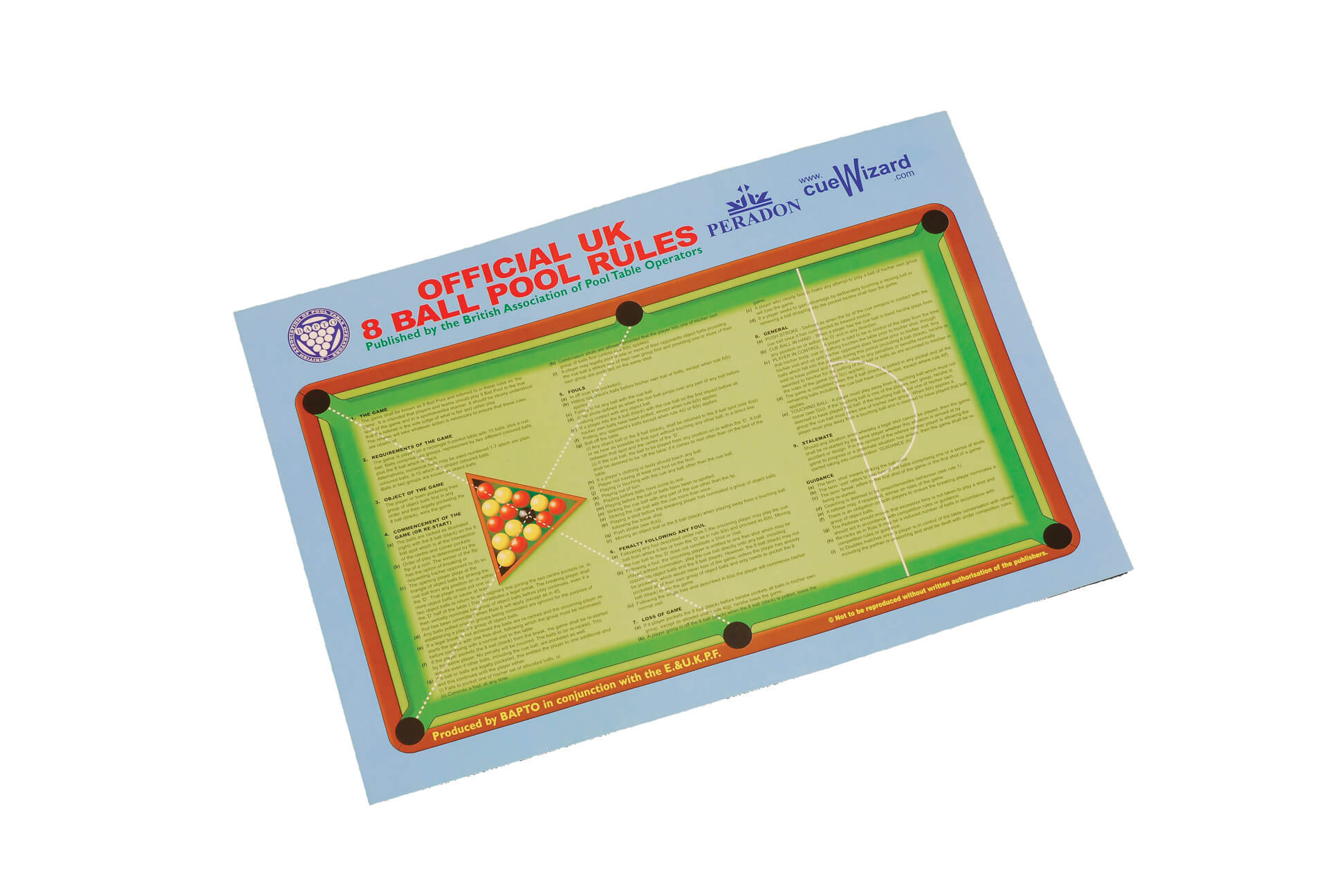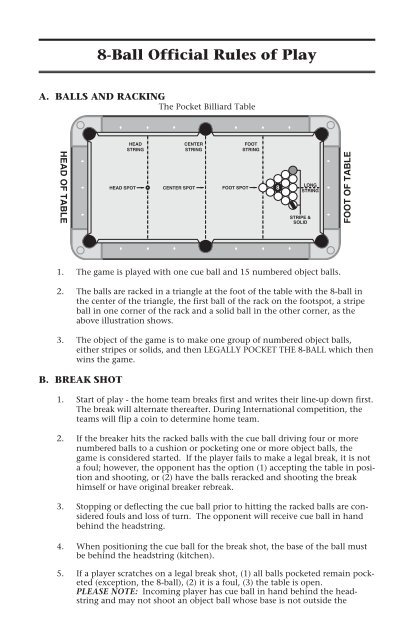
It is a common foul, and results in a “ball in hand” situation. What if the Cue Balls Falls In A Pocket When I Shoot? All these things make catching a a cue ball difficult. He may be thinking about his next shot, or the lady shooter at the table behind you. He may have a cube of chalk tucked into his hand that you cannot see. Most people catch thrown objects in their bridge hands, in which he is likely holding a cue stick. Your opponent may not be paying attention. The reasons will become obvious after you’ve tucked a few pool hall hours under your belt. If you are inclined, it is polite to retrieve the wayward cue ball, but, please, walk the ball over and hand it to your neighbor. If you need to impress someone, do it with your awesome shots.Ī note on etiquette: When enjoying the sport in your local billiards gaming house (a pool hall, that is), it is not uncommon for you to encounter a cue ball driven from from the table of other, fellow cue sport enthusiasts. Ultra high-powered shots are rarely, if ever, absolutely necessary. Beware that this tactic will affect the final position of your cue ball, and your setup for your next shot ( or your opponent’s).ĭial the power down. If you find your cue ball climbing the object ball time and again, try aiming low on the cue ball to counteract this climbing tendency. Aim for dead center of the cue ball to avoid putting any follow spin on it. All of this is to avoid shooting down on the ball. Get down low and as level with the table as you can. This article was originally published at How Do I Keep the Cue Ball From Flying Off the Table? On such tables the cue ball should be the same diameter as the object balls and cue ball fly off fouls should be greatly reduced. Newer, better tables prefer to use a strong magnet to pull the the iron-cored cue ball into a separate chute. And, instead, is returned to the cue ball pickup area at the head of the table. The cue ball, being slightly wider, rolls a bit farther along this path and so avoids the fate of its fellows. As the balls roll farther along, they will eventually reach a point where the rails are too far apart, and subsequently fall through to the windowed, ball display area. If this chalk mark happens to be at the contact point of either ball during impact, flying fouls like this are much more likely.ĭid you know: Underneath older coin operated tables, at the end of the ball return path (called the spider ), the balls are sorted on a pair of rails that separate from each other like cheap chopsticks. Pool cue chalk ( or other sticky, pool hall things) will sometimes adhere to the surface of the cue ball, leaving a chalk mark which may be transferred to an object ball. Eccentric, high angle shots taken down on the cue are prone to committing this foul.Ī third factor is a dirty ball. A very low his on the cue ball in an attempt to impart backspin will effectively kick the cue ball into the air. If there is any top spin on the cue ball during this impact, the cue ball will want to climb up and over its obstacle.Īnother possible reason for an uncontrolled cue ball ejection from the area of play is poor stroke form. This causes an upward deflection proportional to the force of the impact. This difference in diameter means that the cue ball contacts the object balls slightly above their equators. This allows the cue ball to return to the cue ball window at the head of the table, instead of going to pool all jail with the other balls. If your playing on a coin operated table, the cue ball is slightly larger in diameter than the object balls ( those are the pretty colored balls you’re trying to knock into pockets). What to Do When the Cue Ball Flies Off the Table? It is always there for purposes of the rules of 8 ball.

It is sometimes marked on the table cloth, but is usually imaginary. Head string: If a line were drawn across the pool table to connect the second diamonds along each long rail, this is the head string.

Some rules mandate that the cue ball may be placed anywhere the player chooses only behind the head string. What does ‘ball in hand’ mean?īall in Hand: Ball in hand is the privilege granted to a player to placing the cue ball anywhere he chooses on the pool table. Why does the cue ball fly off the table, and how do I stop it? What if the cue ball falls in a pocket? What if scratch on the break? What does “ball in hand,” mean? I have so much to teach you. A common variation of this rule is to limit the placement of the cue ball to the table surface behind the head string. The opponent will receive the ball “in hand,” and may place it anywhere they like on the table. When this foul occurs, the shooter will forfeit his turn. What if the cue balls goes off the table? This is a common foul. It is a part of every shot, but it’s never allowed to leave the table or dive into a pocket.

No ball sees more action than the cue ball in a game of 8 ball.


 0 kommentar(er)
0 kommentar(er)
